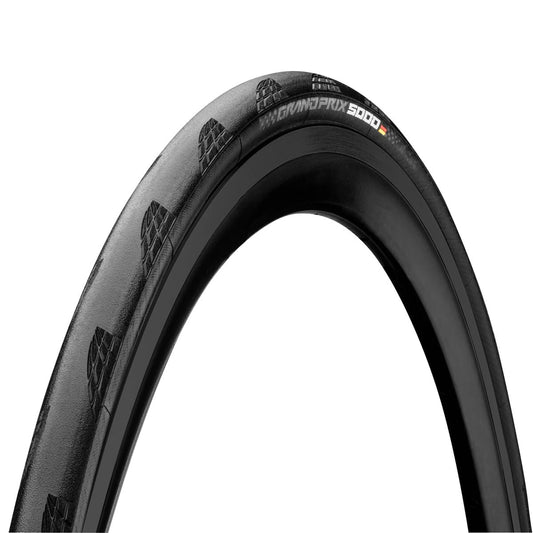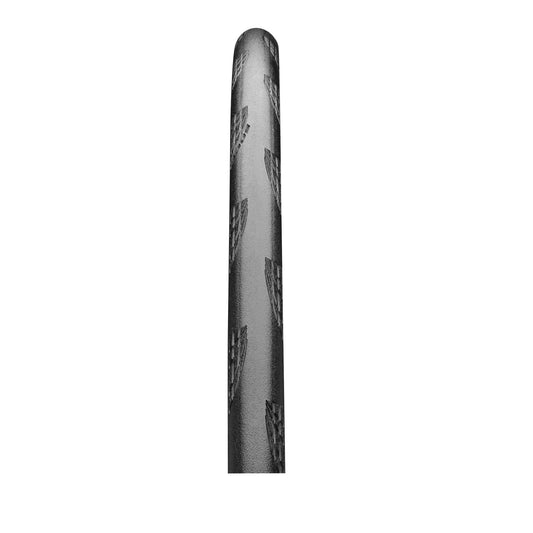One of the keys to electric-assist bicycle is the autonomy provided by the battery, particularly when used for touring or mountain biking, a guarantee of unrestrained pleasure. Autonomy is a crucial issue, but a complex one to tackle, since so many factors come into play.
Here's what you need to understand and optimize your battery's performance.
All about batteries
In addition to the power of the VAE battery battery itself, the climatic conditions, type of route and riding style. all play a part in the number of kilometers you can expect to cover.
To answer the question of autonomy, it is also necessary to understand how a battery works What is its power rating? How long does a battery last? How can you improve autonomy? These are just some of the questions Probikeshop aims to answer, so that you can understand everything there is to know about VAE batteries.
VAE battery capacity, amperage and voltage
Before talking about autonomy, it's essential to understand the difference between the different VAE battery models.
Whatever the manufacturer, the most important information about the battery is its capacityexpressed in Watts/hour (Wh). This can vary from 160 Wh for the smallest models to over 600 Wh for the most powerful latest-generation models.
Capacity is the result of multiplying two values: the voltage (V) on the one hand, which determines the strength of the motor and generally varies between 24 and 36V on, and amperage (Ah), which expresses autonomy. Amperage/hour ranges from 5Ah to 18Ah.
As you can see, when it comes to autonomy, it's the amperage that's most important, bearing in mind that on models from the main brands, it's often the only adjustment variable, as the voltage is almost always 36V. For example, a Bosch Powertube 400 battery has a voltage of 36V and an amperage of 11 Ah, while a Powertube 625 has 16.7 Ah for an identical voltage (36V). The only difference between these two models is their autonomy..
Charging and service life of a VAE battery
For a maximum autonomyFor maximum autonomy, you need to ensure that the battery is fully charged. For example, the higher the battery's capacity, the longer the charging time..
This can be as much as 9 hours for the most powerful VAE batteries. So, depending on your use, it's important to choose a charger that's powerful enough to give you enough time to recharge between uses.
While the vast majority of VAE batteries come with a standard 2 amps (2A)charger, there are also 4Aand even 6A allowing even the largest batteries to be fully recharged in less than four hours.
Depending on the brand, service life varies from 500 to 1,000 full charge cyclesThis is based on the assumption that the electric bike battery is fully discharged when recharged, which rarely happens in practice.
In fact, modern VAE batteries no longer need to be completely discharged before recharging, as was previously the case. Quite the opposite, in fact. This means your battery can withstand a far greater number of recharges.
Of course, it's very difficult to give an exact battery life in terms of kilometersbut in any case, it will last for several years (2 to 5 years in most cases).
It should be noted, however, that over time, your battery's autonomy will naturally diminish. In this case, we recommend you buy a second battery to counteract this loss of autonomy.
Extending the life of your battery
A few simple tips can help you extend the life of your battery:
-
For the first few uses (3 to 5 times), allow the battery to discharge. to make sure you get the most out of it over the long term.
Thereafter, only rarely let it discharge completely.. - if possible, recharge the battery after every ride (optimum charge level for charging the battery: 30 - 70%) and at least once every 6 months
- Do not leave outside in direct sunlight or when it's freezing store it in a dry place at a temperature between 0 and 20 degrees Celsius
- Never put under water or wash it with a strong jet of water; clean it regularly with a damp cloth
How many kilometers can I cover with a VAE battery?
Your VAE battery is charged, installed on your bike, you're ready to go and you're wondering how many kilometers you'll be able to cover. Manufacturers often give very wide ranges of values, as many parameters come into play. Autonomy can therefore vary by a factor of three. The main factors are as follows:
- The rider's weight Autonomy information is often given for a rider weighing 70 kg; beyond that, autonomy may be reduced by around 20%;
- Visit riding style Your riding style: start with a low gear and change gears as you accelerate; pedal proactively, braking and accelerating more gently.
- Visit type of motor and level of assistance selected It's all a question of balancing the desired level of assistance with the distance to be covered. But there are a few tricks you can use to optimize range: always use the highest level of assistance on hills and when starting off. On rolling sections, and particularly downhill, don't hesitate to stop the engine, and bear in mind that assistance cuts out automatically above 25 km/h (45 km/h on speedbikes);
- Visit weather conditions Wind (headwind, tailwind), temperature. But more than the outside temperature, it's the temperature of the electric bike's battery at the start of your outing that will affect range. Once underway, the VAE battery will warm up fairly quickly, even when it's cold. By systematically storing your battery indoors in a heated room, you can increase range by more than 20%;
- The terrain The terrain: autonomy will be very different in the city, on the road, on forest trails or in the mountains. In the first case, frequent starts and constant changes of pace will have a negative effect on battery life. In the case of a road outing, the effort is more linear, so it's the frequency and length of the uphill sections that will mainly condition autonomy. In mountain biking, you'd think that the rougher and more technical the terrain, the shorter the range. But this isn't always true, especially for experienced riders, as the physical effort required in the most demanding sections can take the strain off the engine, whereas in the more rolling sections, you may tend to rely more on the assistance;
- The type of bike A city bike or mountain bike, especially an all-suspension bike, will necessarily consume more energy than a lightweight sports bike that allows you to adopt an aerodynamic position;
- The type of tires Tyres: tire size and cross-section, stud height and arrangement are all features that affect range. In town and on the road, check your tire pressure regularly, because if it's too low, rolling resistance increases, and you'll use up battery power unnecessarily.
Découvrez tous nos conseils & Tutoriels
Best Sellers
-
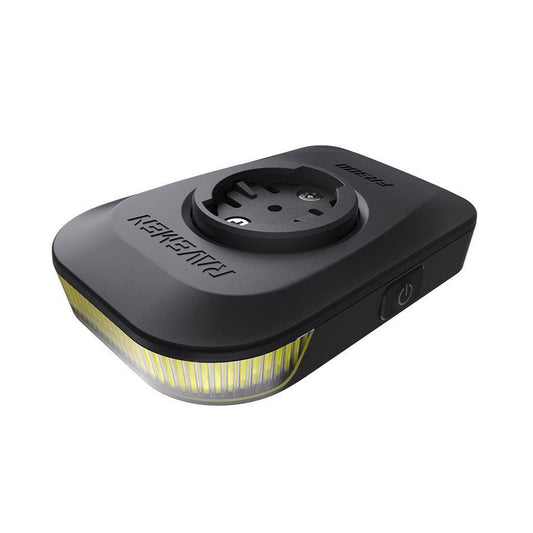
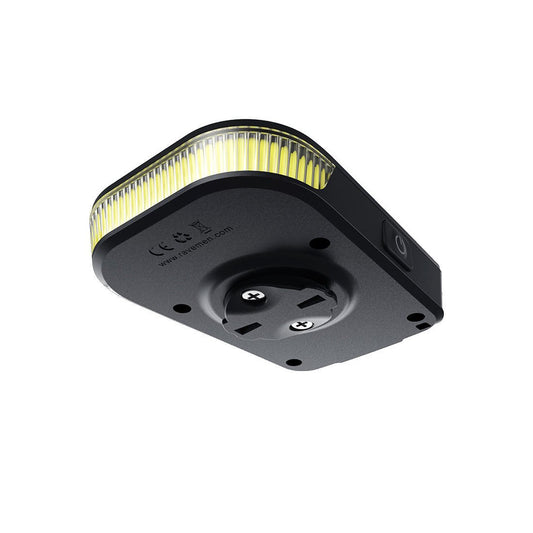
RAVEMEN FR 300 Front Light - Garmin/Wahoo
Regular price 39,99 €Regular priceUnit price per -


11V SHIMANO ULTEGRA CS-R8000 cassette
Regular price From 54,90 €Regular priceUnit price per -
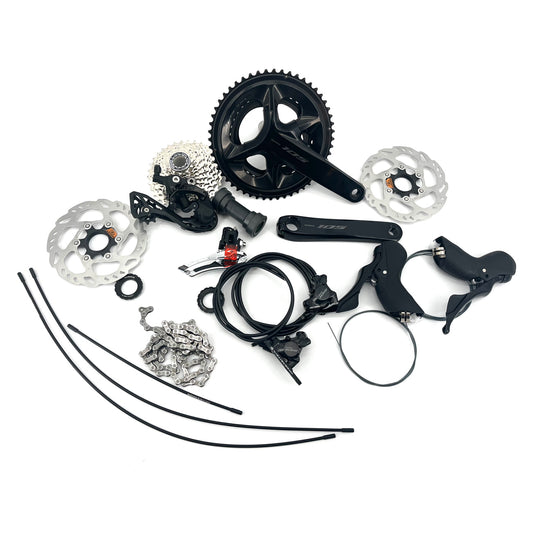
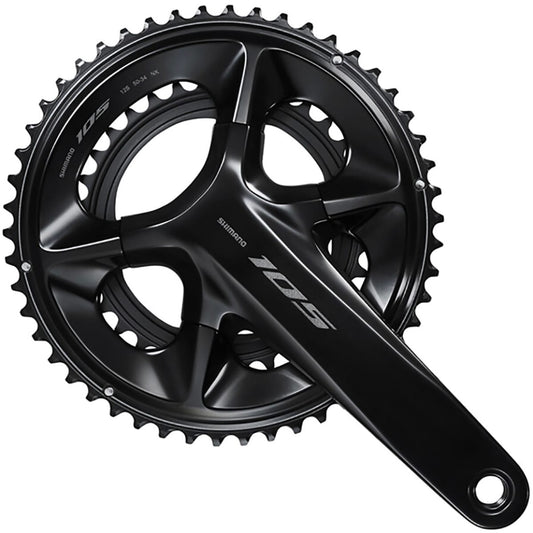
Groupesets SHIMANO 105 R7120 2x12V
Regular price 599,90 €Regular priceUnit price per -
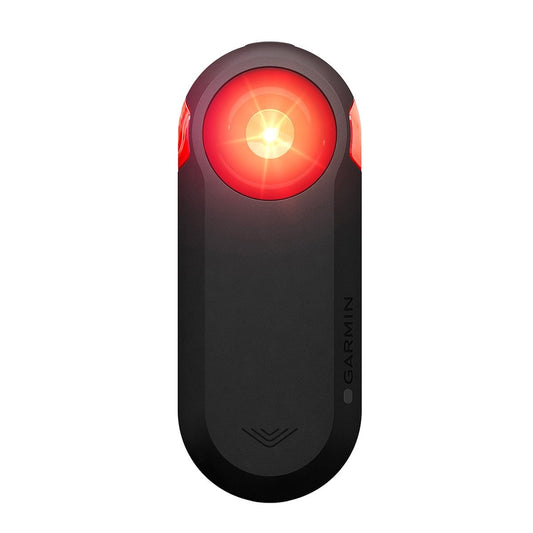
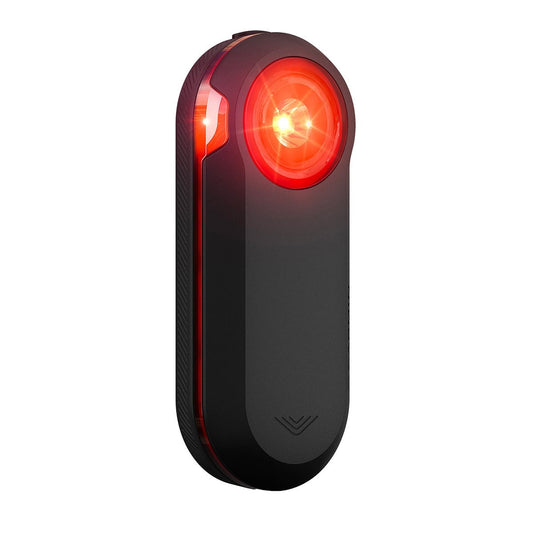
Rear lighting GARMIN VARIA RADAR RTL 515
Regular price 129,90 €Regular priceUnit price per -
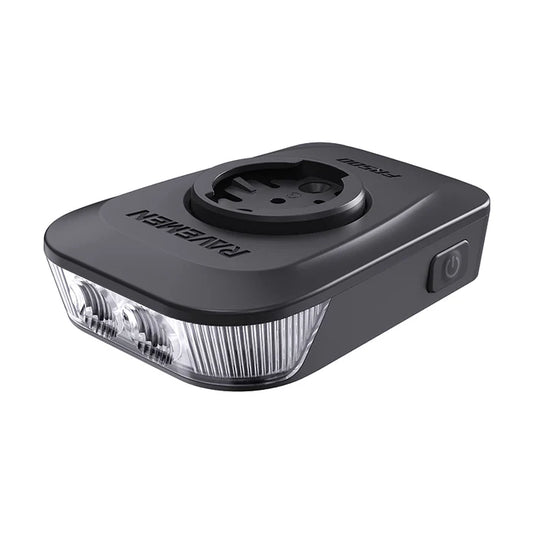

RAVEMEN FR 500 Front Light - Garmin/Wahoo
Regular price 54,99 €Regular priceUnit price per -
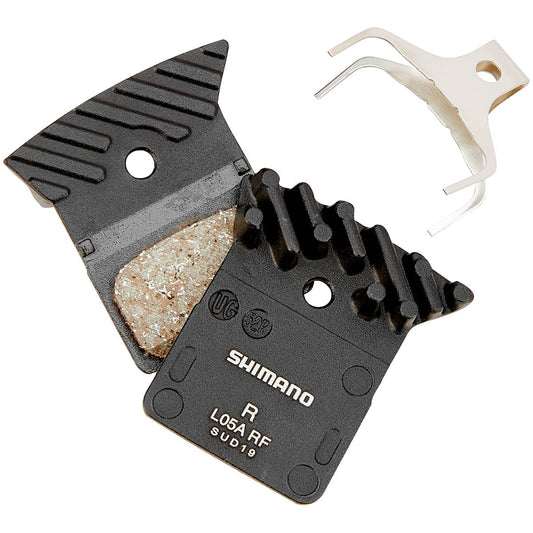

Brake Pads SHIMANO L05A-RF Dura-Ace/Ultegra/105/Tiagra/GRX/Metrea organics
Regular price 14,99 €Regular priceUnit price per -

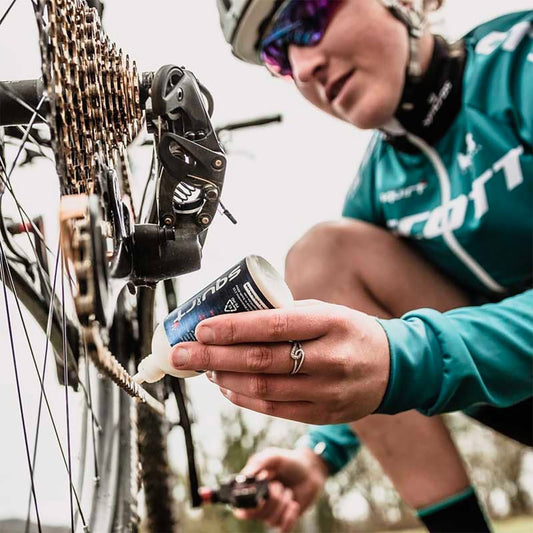
SQUIRT LUBE Wax Lubricant (120 ml)
Regular price 11,99 €Regular priceUnit price per


